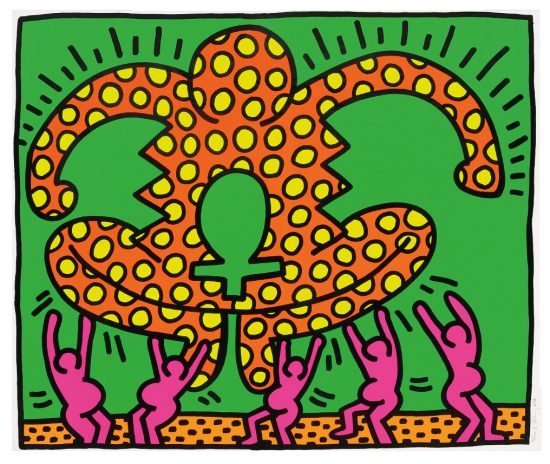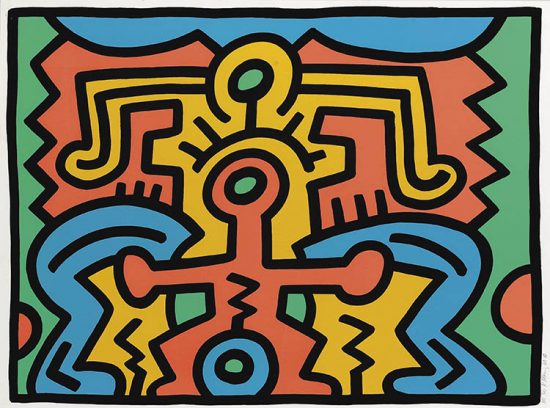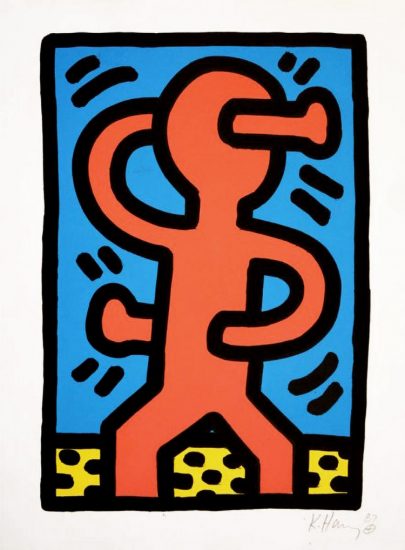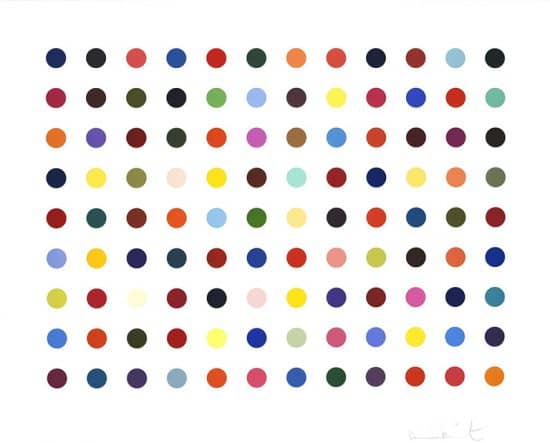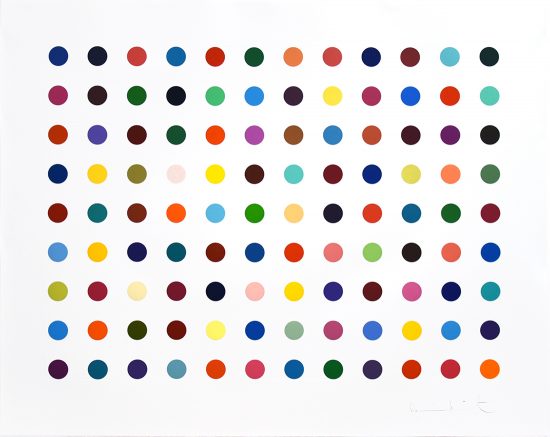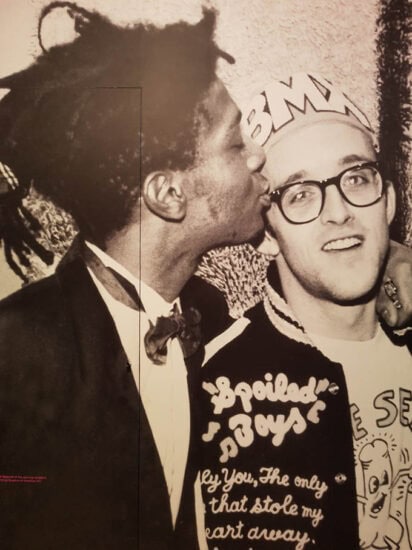The Keith Haring retrospective at the Whitney Museum of American Art in New York, which took place in 1997, was one of the most important exhibitions of the artist's work ever mounted. The show featured over 200 works by Haring, including paintings, drawings, sculptures, and installations, and it provided a comprehensive overview of the artist's career and his impact on contemporary art.
Some of the most iconic works featured in the exhibition included Haring's signature dancing figures, barking dogs, and crawling babies, as well as his political and social commentary pieces, such as his anti-nuclear paintings and his depictions of the AIDS crisis. The exhibition also featured some of Haring's lesser-known works, including his collaborations with fashion designers and musicians.
One of the highlights of the exhibition was a large-scale mural that Haring created in collaboration with the Whitney Museum. The mural, which was painted on the walls of a gallery in the museum, featured a range of Haring's iconic figures and images, and it served as a powerful testament to the artist's ability to transform public spaces through his art.
The Keith Haring retrospective at the Whitney Museum of American Art was attended by a range of famous people from the worlds of art, music, and entertainment. Some of the most notable attendees included Madonna, who was a close friend and collaborator of Haring's, and who performed a live tribute to the artist at the museum. Other attendees included Yoko Ono, who was a longtime supporter of Haring's work, and David LaChapelle, the famous photographer and filmmaker, who was inspired by Haring's art.
The exhibition was also attended by a range of prominent art world figures, including curators, critics, and collectors. One of the most influential curators in attendance was Robert Storr, who went on to curate a major retrospective of Haring's work at the Whitney Museum in 2005. Other notable attendees included Hilton Kramer, the art critic for The New York Times, and Jeffrey Deitch, the art dealer and curator who was a close friend of Haring's and who would go on to mount numerous exhibitions of the artist's work.
The Keith Haring retrospective at the Whitney Museum of American Art was a landmark event in the history of contemporary art, and it helped to cement Haring's reputation as one of the most important and influential artists of his generation. The exhibition provided a comprehensive overview of Haring's work, from his early graffiti pieces to his final paintings, and it showcased his remarkable ability to combine political and social commentary with bold, colorful, and graphic imagery.
Through his art, Haring challenged viewers to confront pressing social issues, such as the AIDS crisis and nuclear disarmament, and he inspired a generation of artists and activists to use their work as a tool for social change. His legacy continues to inspire new generations of artists and art enthusiasts, and his work remains as relevant and powerful today as it was during his lifetime.



